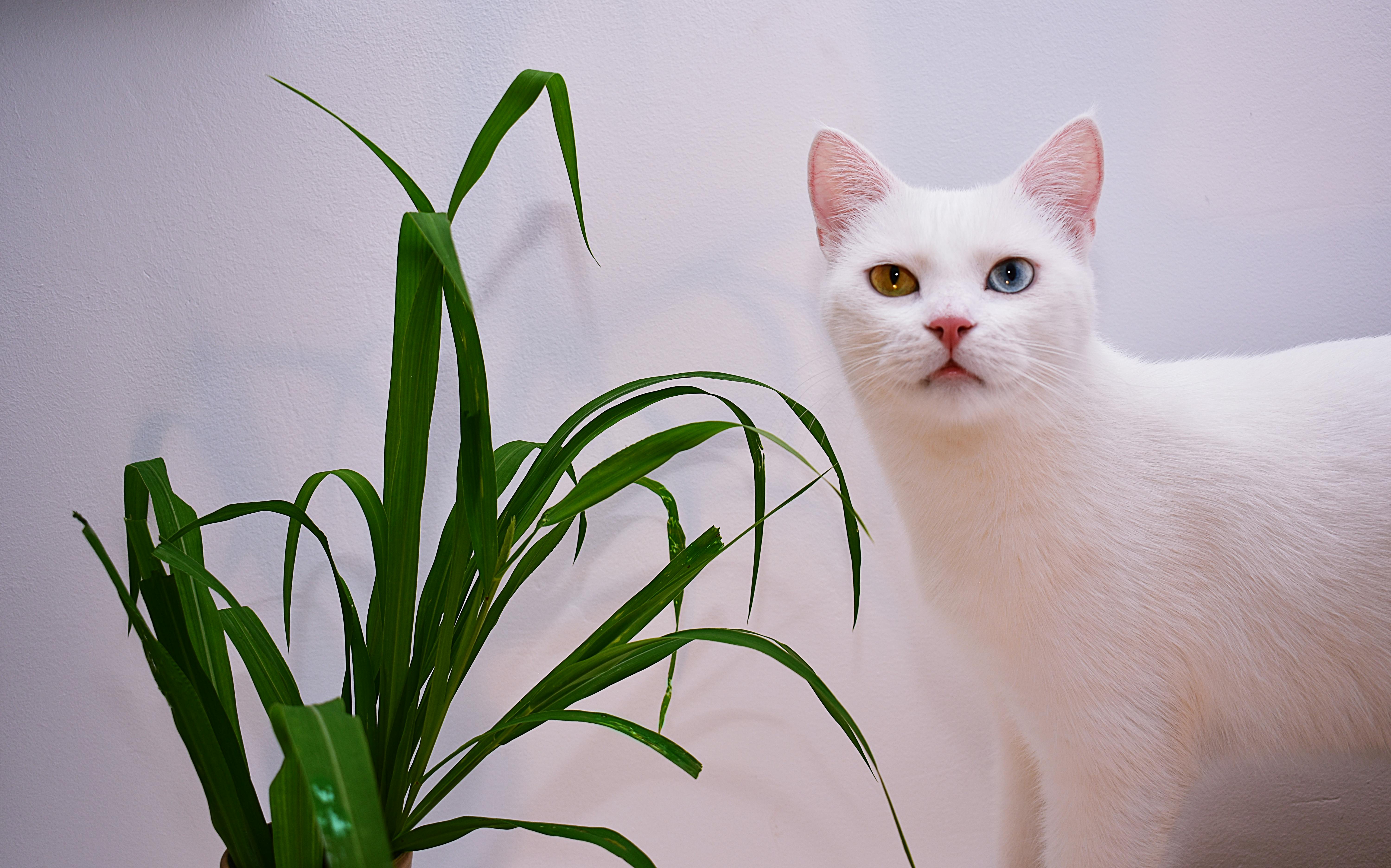
Training Your Kitten – Tips and Tricks
They’re cute, cuddly, and can break your favorite chair before you can even say “bad cat!”
Well, of course I’m talking about America’s favorite pet: the cat. (I know, some of you think the dog is America’s favorite pet. But us cat lovers know better.) But, as most cat owners (particularly indoor cats) also know, these adorable critters can make masses out of their boxes and break furniture if not properly trained. And the best time to do training is when the cat is young.
Since there is no such thing as a “kitten yard,” it’s up to you to make sure your kitty learns the house rules. And fast. Do not let the kitten develop bad habits that will later haunt you. For example, while it may be cute when Kitty manages to climb onto your dining room table during dinner, it’s not so cute three years later and your cat is still disrupting your mealtime. The best time to stop unwanted behavior is now.
Here are some tips that can help you housetrain your kitten:
1. Kittens need exercise. If this is not done in the form of toys for Kitty to play with, Kitty will become restless and could harm you or your home. Make sure Kitty has plenty of her own toys to bite, kick, and chase. Notice that I said “her own toys of hers” of her. Toys do not include your body parts. Never let the kitten use your arm or feet as chew toys. Again, it’s cute when they’re kittens, but when the 3-year-old cat attacks your bare feet because you made him think your feet are toys, it’s not cute anymore. It is painful.
2. Since kittens aren’t potty trained yet, it’s best to start by teaching them what to do with a litter box. The litter box should be big enough for Kitty to get in and move around. If you adopted your kitty from the Humane Society or a rescue group, chances are Kitty has been near a cat box. But, in case your new kitty has never been introduced to a litter box, you will need to make the introductions.
Cats usually relieve themselves after a meal or a nap. So, after Kitty finishes her food, play with her for about 10-15 minutes, somewhere near the litter box. Take her to the box. Move the sand with your hand to intrigue Kitty with the texture of the sand, inviting her to step into it. Encourage Kitty once she enters, speaking to her in soft tones. Make Kitty feel that the box is a nice and comfortable place. Whether she messes up the box or not, be consistent with that tone. Over time, she will like the litter box and relieve herself there. Lastly, be consistent and patient. Results may not come immediately, but training will pay off over time.
3. Kittens’ claws are still not as sharp compared to older cats, so Kitty isn’t too dangerous around furniture right now. But, kittens grow up quickly, and it’s best to teach them that a scratching post is where they should sharpen their claws, and not on your favorite chair. You may want to sprinkle some catnip on the scratching post to get Kitty interested. When you see Kitty sharpen her claws on the scratching post, be sure to praise her or offer her a treat.
Praising your kitten for doing a good job and feeding her as a reward will help teach her how to behave around the house. It’s obvious to most of us, but it must be said: never yell at or hit your kitty.
Kittens are lovable animals and if you spend some time every day with them, you will end up with a lovable, homeschooled cat.

